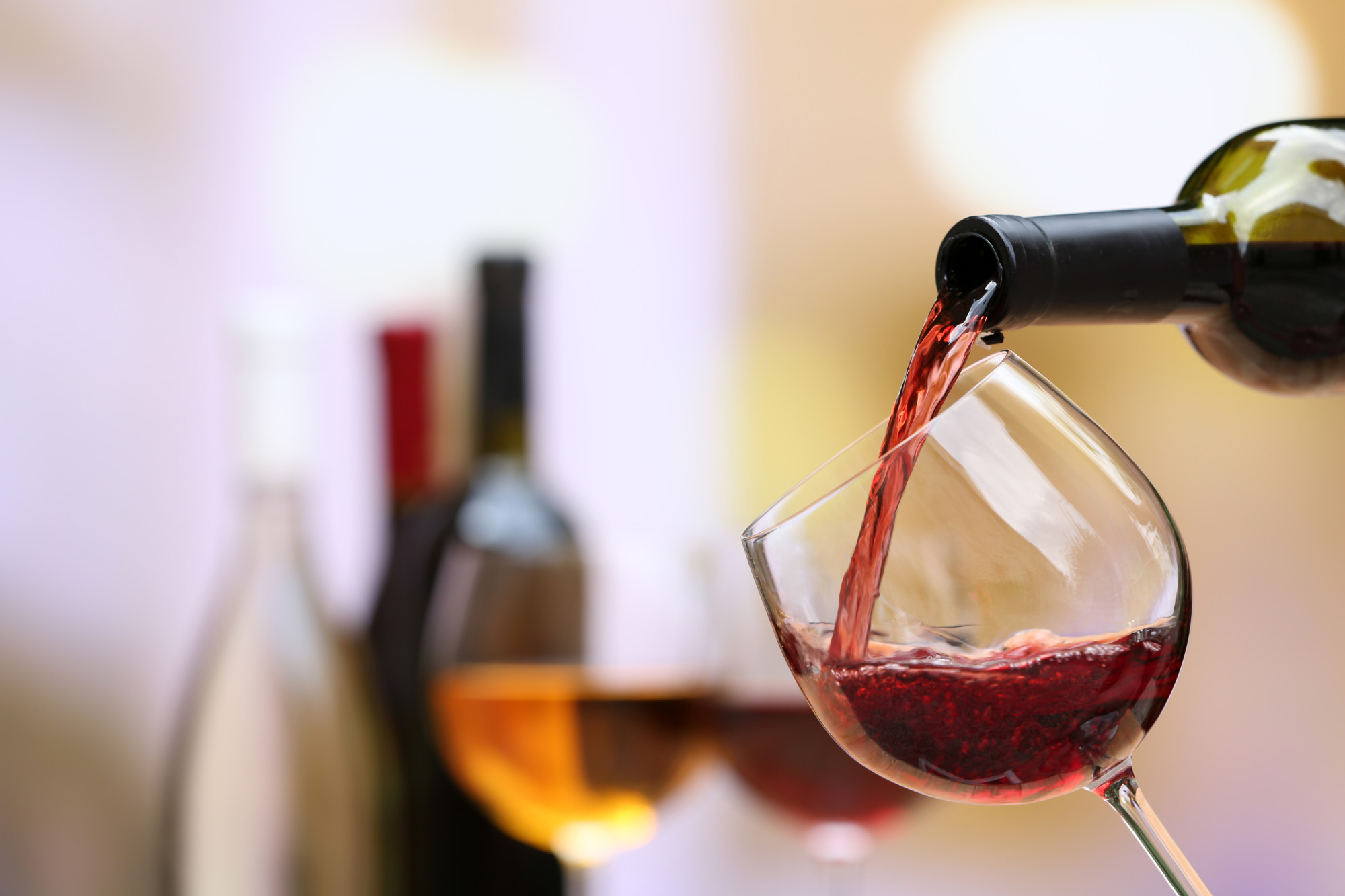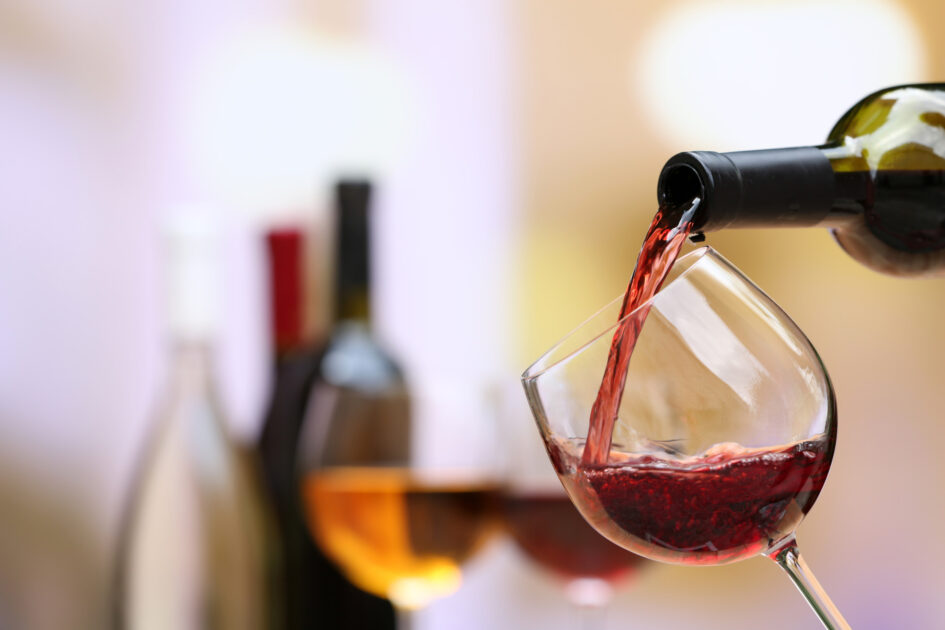Good wine needs no bush.
Wine is a versatile drink. There are thousands of vineyards producing millions of different wines. You can drink it on its own, mix it with other drinks, or pair it with a meal.
But its versatility can be overwhelming, even for experts. Many people who want to get into wine don’t know where to start.
You can start with understanding a few basic ideas in wine. Here is a quick guide to little-known things that affect selecting wine for beginners.
Distinguish Between Red Wine and White Wine

Little-Known Things That Could Affect Selecting Wine For Beginners
Everyone knows there are red wines and white wines. Fewer people know what distinguishes the two, besides their color.
The difference between red and white comes in chemistry. Tannins are molecules derived from phenolic or tannic acids. They bind with proteins and fats and resist solubility in water.
Tannins are bitter and dry tasting. When grape skins sit in juice as it ferments, tannins integrate themselves into the wine. This causes some wines to taste bitter.
This also produces the color difference. White wine has little contact with grape skins, while red wine has high contact.
Because red wines are high in tannins, they have a “firmer” and “bolder” taste than white wines. White wines are more acidic and “tart” than red wines.
Yet red and white wines aren’t the only types of wine. Pink wines are pink because they have some contact with grape skins. Pink wines are closer to white wines than red wines, with a splash of bold flavor.
A dessert wine is usually a mixed drink. A distillery adds brandy or another alcohol to wine, letting it retain its natural sugars.
Sparkling wine is carbonated. Carbonation is a natural part of fermentation, but distilleries can inject carbonation into wine. Sparkling wine can be sweet or dry, red or white.
How to Pick Out a Wine Through Descriptors
Wine has a lot of different descriptors. Before you buy a bottle, you should get familiar with them.
Sweetness is straightforward. Some wines are “semi-sweet,” meaning they combine some sweetness with some bitterness. Other wines are “dry,” which aren’t sweet at all.
Acidity is based on tannins. Wines with high acidity are tart, while wines with low acidity are rich and crisp. Some people describe low-acidity wines as “fat,” and high-acidity wines as “sour.”
Many drinkers describe high-tannin wines as “bitter” or “inky.” Low-tannin wines are considered “soft” or “smooth.” Many drinkers consider low-tannin wines to be more drinkable than high-tannin ones.
Body refers to the viscosity of wine in the glass and mouth. If a wine feels thick, it is “full-bodied.” If a wine feels thin, it is “light-bodied.”
Flavors are varied. A bottle of wine can be “fruity,” “spicy,” or “smoky.” A bottle of wine can be “earthy” or “flowery.”
Scent is a major determinant of wine quality. Scent allows us to distinguish amongst different flavors. Descriptors of scent are identical to descriptors of flavor, including “fruity” and “earthy” scents.
Alcohol is the final factor to consider. The higher the alcohol, the more the wine warms your throat and mouth. Most wines contain 11 to 13 percent alcohol, which provides some warmth.
The Price of Wine
As you’re starting out, select wines in the $10 to $15 range. These wines are not premium, but you can still find good bottles.
Red and white wines are roughly the same in pricing. Buy one bottle a week, purchasing a different type of wine each week. Take time getting comfortable with the different types of wine.
As you develop your taste in wine, you can move up the price chart. But get a good sense of affordable wine first, forming your own opinion on what tastes good.
You can find ways to bring the price of wine down. Companies like SplashWines provide premium wines at affordable prices. To bring the price down lower, you can use a SplashWines coupon.
Selecting Wine for Beginners
Even cheap wines offer a lot of variety. You have wines with all sorts of different qualities to choose from. Every person is different, but there are a few tips you can consider as you go forward.
Think about the flavors you enjoy in food. If you like sweets, you will like sweet wine. If you like bitter foods and drinks, you will like red wines with tannins.
If you prefer apple juice to grapefruit juice, you may enjoy sweet white over dry and red wines. If you prefer grapefruit juice, you will likely enjoy dry white wine.
If you prefer lattes to black coffees, you may enjoy wines from the United States. If you prefer black coffees, you may enjoy European wines.
When you’re ready to start drinking, opt for lighter wines. Pick a semi-sweet, fruity white wine. Once you grow accustomed to wine, you can move into bitter varieties.
Once you’ve found your taste in wine, you can start pairing wine with food. White wines usually go well with lighter meals. Dry white works well with vegetable dishes, while bold white works with creamier dishes.
Red wines work with richer meals. A bold red goes well with rich meats like beef, lamb, and sausage. Dessert wines go well with sweets.
Good Wine at Good Prices
Wine is a rich and multifaceted drink. But you can learn about wine for beginners. Understand some basic concepts, then set out on your journey.
Tannins determine whether a wine is red or white. The redder the wine, the more bitter and rich it is. You can describe the texture, flavor, and scent of wine through many descriptors.
Even cheap wines can be high-quality. Start out by considering what flavors you like, then start trying wines. Learn to pair wines with food for a richer experience.
Dive into buying wine at affordable prices. savemypenny.com offers coupon codes and discounts for dozens of premium wines. Start searching today.


Leave a Reply